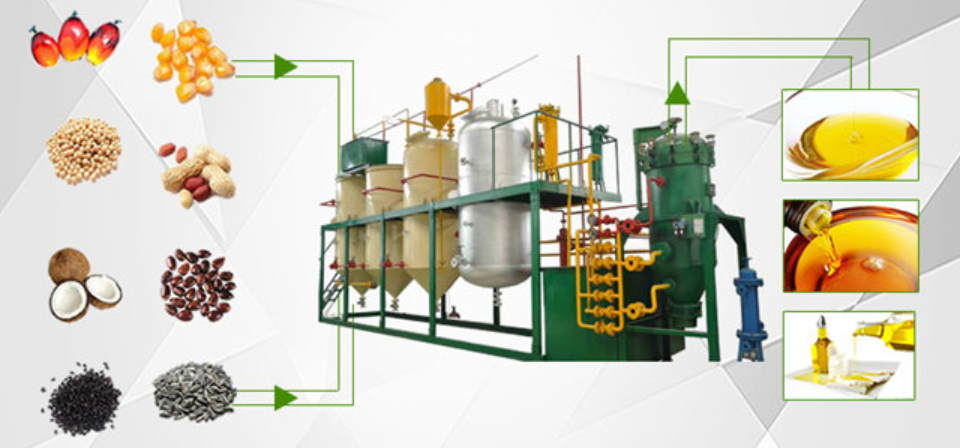Crude oil contains impurities such as phospholipids, proteins, mucilage and glycosyl diglycerides, so it forms a sol system with oils and is called peptic impurities. The presence of these peptic impurities not only reduces the use value and storage stability of the oil, but also has a series of adverse effects during the refining and processing of the oil, which ultimately leads to a decline in the quality of the finished oil. For example, the gum causes excessive emulsification during alkali refining, which makes the oil and soap unable to separate well, that is, the neutral oil entrained by the soap angle increases, which leads to an increase in refining consumption. At the same time, it increases the soap content in the oil and increases the number of washings. And the loss of grease caused by water washing; the gum will cover part of the active surface of the decolorizer during decolorization, which reduces the decolorization efficiency; when the temperature is higher during deodorization, the gum will change, increase the color of the grease, and reduce the hydrogenation rate during hydrogenation. Therefore, the oil refining process generally requires degumming first.

The process of removing peptic impurities in crude oil is called degumming. Because the peptic impurities in crude oil are mainly phospholipids, degumming is often referred to as dephosphorization in industrial production. The methods of degumming mainly include hydration degumming, adsorption degumming and acid refining degumming. For crude oil with high phospholipid content or with phospholipids extracted as a by-product, hydration degumming is usually carried out before deacidification. To achieve higher degumming requirements, acid degumming may be required, mainly weak acids such as phosphoric acid and citric acid, while sulfuric acid is rarely used for degumming edible oils. Generally, the fat obtained by acid degumming is dark in color and some of the phospholipids become bad, and cannot be used as the raw material for preparing edible phospholipids.
Copyright © Henan Zhongxing Grain And Oil Machinery Co.,Ltd. All Rights Reserved. Powered by MetInfo